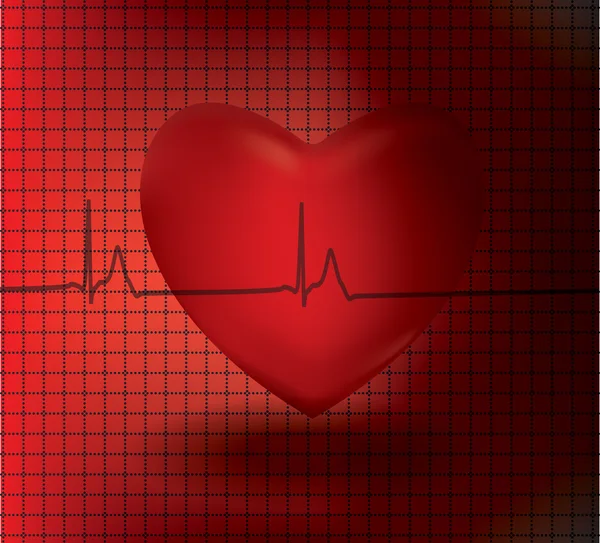
/cloudfront-us-east-1.images.arcpublishing.com/pmn/KAKXMK5Y2ZEYZHDMRX44366VJY.jpg)
Mobile Cardiac Telemetry – Real Time ECG Monitoring This section evaluates the following items:

MCT remains a relatively new diagnostic tool in the world of ambulatory cardiac monitoring. MCT is a unique form of ambulatory cardiac monitoring as it offers advanced real-time analysis technology that is said to reduce costs and improve the diagnostic quality of electrocardiographic (ECG) monitoring on an outpatient basis. This usually takes 10 to 15 minutes.Mobile Cardiac Telemetry (MCT or MCOT™) monitoring is the most exciting technology to hit the market of ambulatory cardiac monitoring. The next day patients return to have the Holter Monitor removed. This is when the Holter Monitor is applied. Please check the time with the Technician Patients are required to return at the same time the next day, or a little earlier. You must attend on 2 consecutive days for this test. This includes devices such as a TENS or Interferential machine, or a “Circulation Booster” (such as the one promoted by Dawn Fraser). Use any device which puts electrical current through your body during the monitoring period as this may erase data.If desired, it is okay to turn an electric blanket on to warm up the bed before hopping in - as long as is turned off before you get in. Sleep on an electric blanket which is switched on.Bath / swim / shower with the monitor on - you cannot get the monitor wet.Tamper with the leads or battery as this may erase data from the device.When wearing a Holter Monitor, please do not: If you experience any symptoms, (even if they are brief or slight) you should make a note of the symptoms and time either on a special diary given to you or on your own piece of paper. If you have any difficulties with the equipment, please notify the office. Patients often first notice it flashing at night as they prepare for bed. It does not represent your heart’s rhythm. The monitor has a green light which flashes at fairly random intervals throughout the monitoring period. Do not be concerned if you hear it or don’t hear it. You may or may not hear this beep, depending on the surrounding noise level of where you are. The monitor will beep 1 more time about 10 minutes later. The monitor will beep 3 times when the Technician hooks the patient up. What happens during the Holter Monitor period? These leads are then connected to a small monitor (about 8cm x 5cm x 2cm), which is then worn around the neck.The leads provide the signals for the ECG to record.Adhesive electrodes are then attached to the chest.
#BIOTEL HEART MONITOR TROUBLESHOOTING SKIN#

When you enter the test room patients are required to: You will be asked permission to perform the test.ECG patterns and some of the body’s responses to exercise can be affected by various medications, so please bring a complete list of your medications to your appointment.Please do not use body lotion on your chest - this may interfere with the adhesive electrodes.Bath or shower before your appointment as you will not be able to do so while the monitor is on.There is no specific dietary preparation for the test.
On the day of the test we recommend the following It can also be used to assess the effectiveness of medications on the heart rate and / or heart rhythm. A Holter Monitor is often used to assess whether a rhythm disturbance is responsible for a patient’s symptoms.
#BIOTEL HEART MONITOR TROUBLESHOOTING PORTABLE#
A Holter Monitor is a portable electrocardiogram (ECG) used to continuously monitor a patient's heart for a duration of up to 24 hours Why is a Holter Monitor Test Performed?Ī Holter Monitor is used to assess the rhythm of the heart as the patient goes about their normal daily activities.


 0 kommentar(er)
0 kommentar(er)
